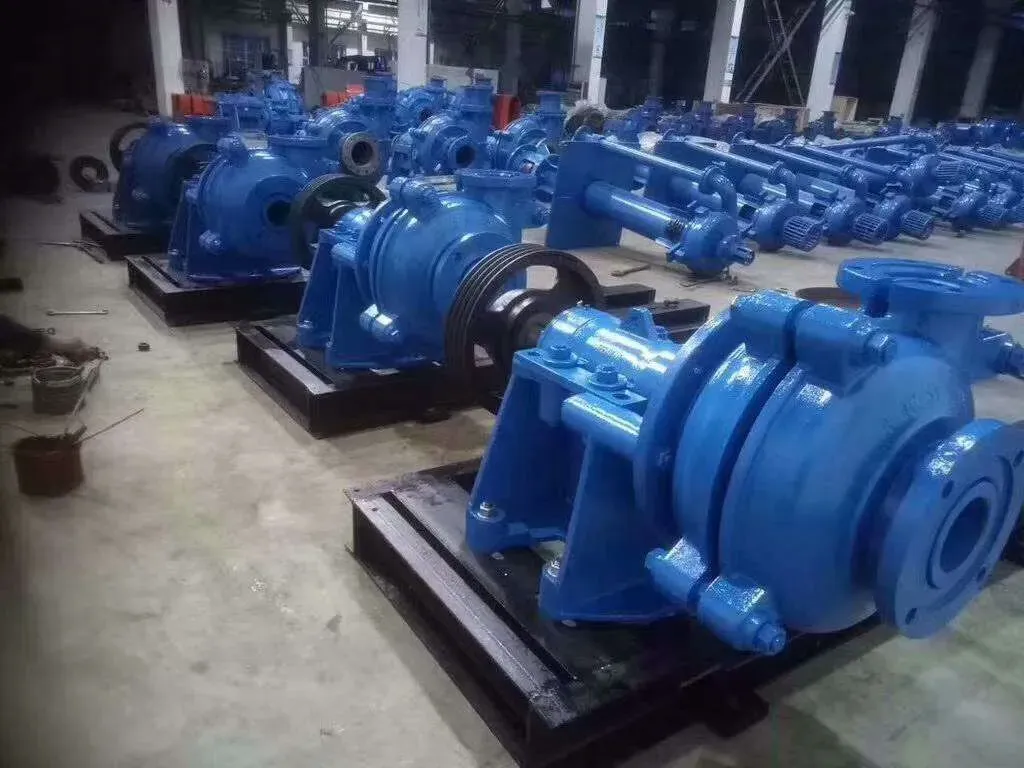Gujarati
- Afrikaans
- Albanian
- Amharic
- Arabic
- Armenian
- Azerbaijani
- Basque
- Belarusian
- Bengali
- Bosnian
- Bulgarian
- Catalan
- Cebuano
- Corsican
- Croatian
- Czech
- Danish
- Dutch
- English
- Esperanto
- Estonian
- Finnish
- French
- Frisian
- Galician
- Georgian
- German
- Greek
- Gujarati
- Haitian Creole
- hausa
- hawaiian
- Hebrew
- Hindi
- Miao
- Hungarian
- Icelandic
- igbo
- Indonesian
- irish
- Italian
- Japanese
- Javanese
- Kannada
- kazakh
- Khmer
- Rwandese
- Korean
- Kurdish
- Kyrgyz
- Lao
- Latin
- Latvian
- Lithuanian
- Luxembourgish
- Macedonian
- Malgashi
- Malay
- Malayalam
- Maltese
- Maori
- Marathi
- Mongolian
- Myanmar
- Nepali
- Norwegian
- Norwegian
- Occitan
- Pashto
- Persian
- Polish
- Portuguese
- Punjabi
- Romanian
- Russian
- Samoan
- Scottish Gaelic
- Serbian
- Sesotho
- Shona
- Sindhi
- Sinhala
- Slovak
- Slovenian
- Somali
- Spanish
- Sundanese
- Swahili
- Swedish
- Tagalog
- Tajik
- Tamil
- Tatar
- Telugu
- Thai
- Turkish
- Turkmen
- Ukrainian
- Urdu
- Uighur
- Uzbek
- Vietnamese
- Welsh
- Bantu
- Yiddish
- Yoruba
- Zulu
Telephone: +86 13120555503
Email: frank@cypump.com
ઓક્ટોબર . 22, 2024 06:03 Back to list
Understanding the Importance of Sewage Pump Tank Systems for Effective Wastewater Management
Understanding Sewage Pump Tanks Essential Components of Wastewater Management
Sewage pump tanks play a crucial role in the effective management and treatment of wastewater in residential and commercial settings. As an integral part of sewage systems, these tanks are designed to collect, store, and pump sewage waste to the treatment facility or appropriate disposal area. Understanding the components, functioning, and maintenance of sewage pump tanks can empower homeowners and facility managers to ensure efficient waste management and prevent potential hazards.
What Is a Sewage Pump Tank?
A sewage pump tank is a specially designed container that collects wastewater, typically from toilets, sinks, and showers. Unlike regular septic tanks, sewage pump tanks are equipped with pumps that enable the movement of sewage against gravity or over long distances. This is especially important in properties where the natural flow of waste cannot reach municipal sewer systems due to topographical challenges.
Key Components of Sewage Pump Tanks
Several key components work together within a sewage pump tank to ensure its effective operation
1. Tank Structure Sewage pump tanks are usually made of durable materials such as polyethylene or reinforced concrete to withstand the corrosive nature of sewage and external pressures.
2. Pumps The pump is the heart of the system. Submersible sewage pumps are often used for their efficient performance and ability to handle solids, ensuring that waste is effectively pushed out of the tank.
3. Float Switches These devices monitor the water level in the tank. When the level reaches a certain height, the float switch activates the pump to remove excess sewage, maintaining optimal levels in the tank.
4. Inlet and Outlet Pipes The inlet pipe allows sewage to flow into the tank, while the outlet pipe transports the treated waste away from the tank. Proper sealing and connections in these pipes are essential to prevent leaks and odor problems.
5. Ventilation Effective ventilation systems are vital for preventing the buildup of harmful gases like methane and hydrogen sulfide, which can be hazardous to health.
sewage pump tank

How Does a Sewage Pump Tank Work?
When wastewater flows into the sewage pump tank, it is temporarily stored until it reaches a certain level. The float switch detects this level and triggers the pump to activate. Once the pump is activated, it efficiently expels the sewage through the outlet pipe to the sewer line or the treatment facility. This cycle continues automatically, ensuring a constant flow and preventing backups.
Maintenance of Sewage Pump Tanks
Regular maintenance of sewage pump tanks is crucial to prevent failures. Here are several essential maintenance tips
1. Routine Inspections Periodically inspect the tank for cracks, leaks, or signs of wear and tear. Early detection of issues can save costly repairs.
2. Pump Functionality Check Test the pumps and float switches regularly to ensure they function correctly. This should ideally be done every few months.
3. Cleaning Remove any accumulated solids or sludge from the tank to prevent clogs and ensure efficient operation. This may require professional pumping and cleaning services.
4. Avoid Hard-to-Digest Materials Educate users about what can and cannot be flushed down toilets or drains. Avoid flushing items like grease, sanitary products, or plastics, which can cause blockages.
5. Professional Servicing Schedule regular inspections by a licensed plumber or service technician. They can provide insights and service adjustments that may not be easily discernible to an untrained eye.
Conclusion
Sewage pump tanks are essential systems that support effective wastewater management, especially in areas where gravity flow is non-viable. By understanding their components, functioning, and maintenance needs, property owners can ensure the longevity and efficiency of their sewage systems. Regular upkeep not only prevents costly emergencies but also contributes to a healthier environment. Awareness and proactive management of sewage pump tanks are crucial for sustainable living and responsible waste disposal.
-
Horizontal Split Case Pump with GPT-4 Turbo | High Efficiency
NewsAug.01,2025
-
ISG Series Pipeline Pump - Chi Yuan Pumps | High Efficiency, Durable Design
NewsAug.01,2025
-
Advanced Flue Gas Desulfurization Pump with GPT-4 Turbo | Durable & Efficient
NewsJul.31,2025
-
ISG Series Vertical Pipeline Pump - Chi Yuan Pumps | Advanced Hydraulic Design&Durable Construction
NewsJul.31,2025
-
ISG Series Vertical Pipeline Pump - Chi Yuan Pumps | Energy Efficient & Low Noise
NewsJul.31,2025
-
pipeline pump - Chi Yuan Pumps Co., LTD.|High Efficiency&Low Noise
NewsJul.31,2025










